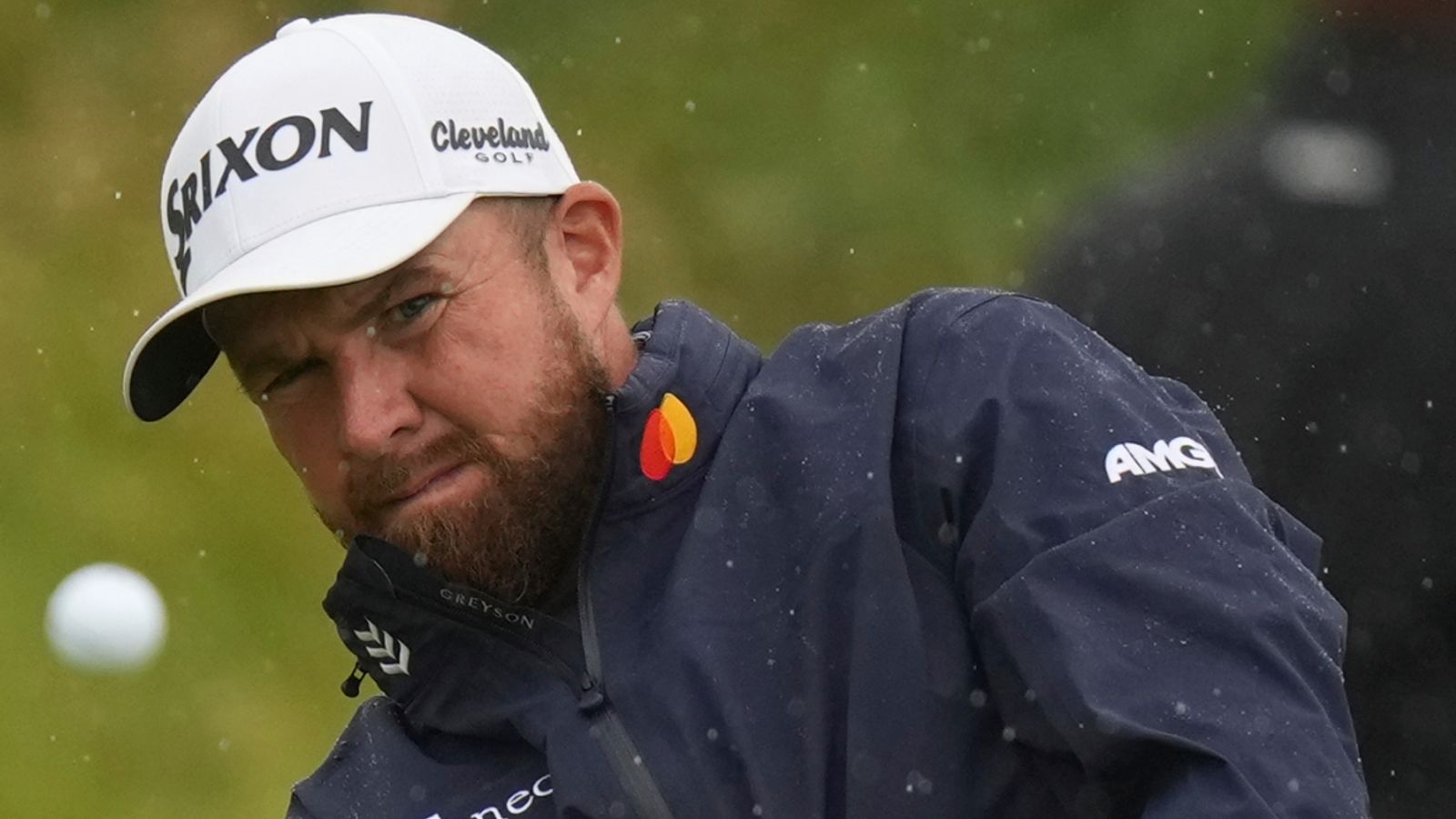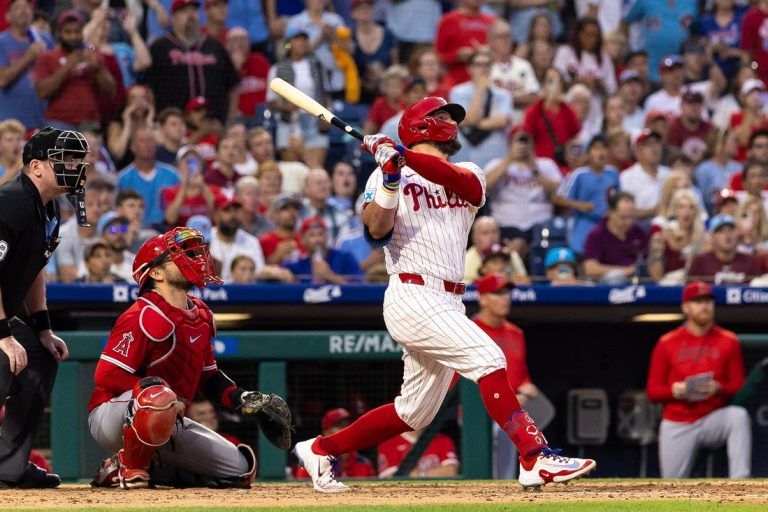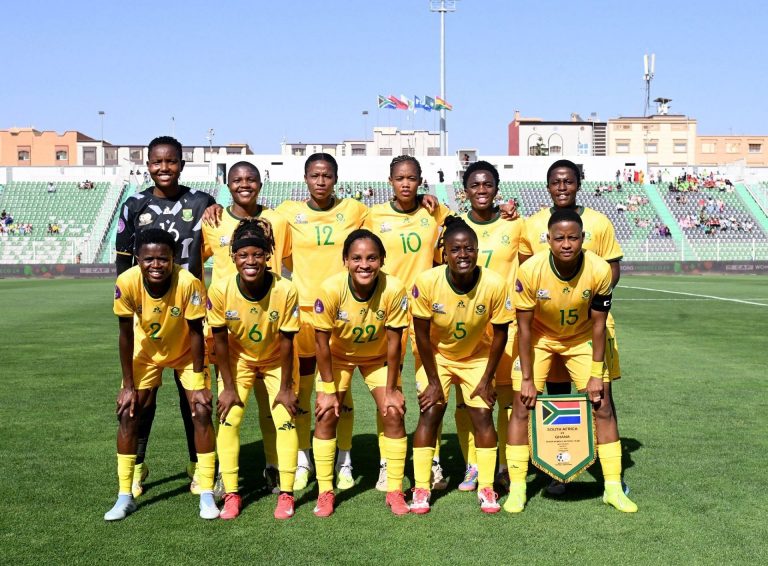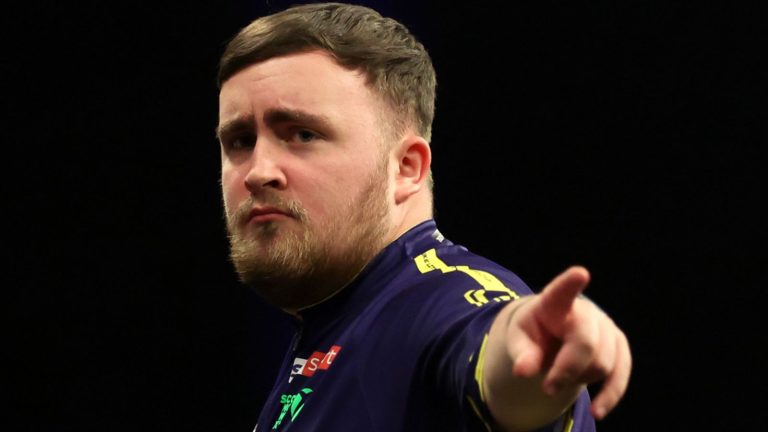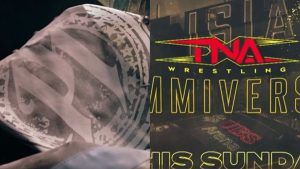Former major champion Shane Lowry was involved in a controversial rules infringement at The Open. We try and explain what caused his two-shot penalty at Royal Portrush, the rules behind it and what the reaction has been to the decision…
What was Lowry penalised?
Lowry was playing the par-five 12th hole in his second round when his drive finished in the left rough, with his ball then seen to move while he was taking a practice swing for his second shot.
His club touched a branch close to the ball during the swing and caused the ball to move, leaving it in a slightly different spot to where it had originally landed, which is an infringement of Rule 9.4 in the rules of golf.
That rule applies when ‘it is known or virtually certain that a player – including the player’s caddie – lifted their ball at rest or the player’s actions caused it to move’.
“It definitely moved, but it only moved a couple of dimples,” Brandel Chamblee told Golf Channel. “It’s pretty clear that him taking a practice wing like that would have caused it to move.
“Every single player that has ever played this game professionally has made that practice wing right next to your ball. The ball never moves. It was just setting up, but whatever little vibration there caused it to move.”
How visible was it and which replays were used?
Footage on social media emerged of a slow-motion replay of Lowry’s ball moving, although – under the rules of golf – that video would not be used as the determining factor on whether a penalty should be issued.
The rules state that “where enhanced technological evidence shows that a ball has left its position and come to rest in another location, the ball will not be deemed to have moved if that movement was not reasonably discernible to the naked eye at the time.”
The R&A statement said: “In Lowry’s situation, the movement of the ball to another spot, including the movement of the logo, was discernible to the naked eye. The naked eye test is satisfied whether or not the player was looking at the ball when it moved.”
How did Lowry find out and what happened next?
Lowry initially made par on that hole and was unaware of any issue until an R&A rules official spoke to him on the 15th hole, where he discovered about a possible penalty and that the incident would be reviewed after the conclusion of his round.
He then spent around 20 minutes discussing the issue with tournament officials, along with playing partners Collin Morikawa and Scottie Scheffler, before accepting the decision and being handed a two-shot penalty.
It turned Lowry’s par on the 12th to a double-bogey and his one-under 70 into a second-round 72, seeing him head into the weekend on level par and 10 strokes behind halfway leader Scheffler.
“You got to respect the way Shane handled it in the moment,” Chamblee added. “We police ourselves and we do call penalties on ourselves, and in certain circumstances like that, they’re awfully hard to take because likely he didn’t see it.”
Why was it a two-shot penalty?
Causing the ball to move would result in a one-shot penalty if it was replaced back in its original position, but as Lowry played from a wrong place it resulted in it being two strokes.
The R&A statement added: “As the ball was played from the spot where it was moved to, the player played from a wrong place and incurs a total penalty of two strokes.”
“It’s a bit like VAR and football,” former Ryder Cup captain Paul McGinley explained. “It is the rules, technically. When somebody’s toenail is past the line, it’s offside. It’s very frustrating – I watched that live and I didn’t notice anything.”
Former major champion Rich Beem said: “I feel very strongly about it, and being very blunt about it, it sucks. Did the rules committee follow the letter of the law with what the rule is? Yes. But they had to zoom in and slow it down for us to really take a good look at it. I just think that it was a very poor judgement.”
What did the players say about it?
Lowry: “I think they [rules officials] had it in their heads the ball moved, I caused it to move, it’s a two-shot penalty. They only had one camera angle which was zoomed in at the ball. They had none of me actually full length, which we were looking for and needed.”
Scheffler, who played alongside Lowry, added: “In the rough, it’s hard to tell. From what I looked at very briefly on the video, it looked like it was very difficult to see if the ball moved. The camera was kind of zooming in as stuff was happening.
“I’m not going to state a strong opinion here in the media on whether or not I thought he deserved the penalty, but all I’m going to say is it was a very tough situation for him to be put in, and I thought he handled it really well.”
Did Lowry do anything wrong?
Lowry admitted that he was “disappointed” with the decision and denied all initial knowledge of any possible rules infraction, although accepted the decision and wanted to avoid his integrity being questioned.
“If the ball moved and I caused it to move and it moved, it’s a two-shot penalty,” Lowry acknowledged. “The last thing I want to do is sit there and argue and not take the penalty and then get slaughtered all over social media tonight for being a cheat.
“If the ball moved, I would have called it on myself. My head was definitely looking down at the ball and I didn’t see it moving. But I’m out there signing for a 72 there now.”
McGinley backed his compatriot and said: “Shane did nothing wrong yesterday. He didn’t see it. I didn’t see it on TV. A lot of people didn’t see it. You had to get extra slow motion to do it. I think that’s harsh.”
Should Lowry have avoided punishment?
Dame Laura Davies told Sky Sports: “I think it should have been no strokes. I always thought that we had gone away from this trial by TV, where you can zoom in to stuff like that.
“If it’s not visible to what we were looking at full speed, to me that doesn’t count. I just think that’s wrong. It’s not the same for every player, for instance. If you’re not on telly and not one of the bigger names, not necessarily every shot is covered. It’s just not a level playing field for me.”
Beem explained: “I just think that it was a very poor judgement. They followed the letter of the law, but I think it was very poor. There was no intent there. He certainly didn’t receive any benefit, and from a GPS location, it didn’t move. It moved one dimple, and it sunk, which is even worse in this rough.”
Do the rules need changing?
McGinley added: “I understand what the R&A did. I’m not being critical of them, but I think the rule needs a little bit more of a leeway. It’s such a fine line. I think it needs to be looked at.
“I’m always a believer in this game that we’re our own referees out there, with the integrity of you as a competitor is really important. Whether it’s on the local golf club at home or whether it’s playing in the Open Championship.
“The onus should be on the player. That’s something that’s great about our game and I want to keep going down that road. There’s going to be some people that might take advantage of it, but I think the biggest thing is the spirit of the game and that you play the game with proper integrity.”
Who will win The Open? Watch the final men’s major of the year throughout the weekend live on Sky Sports. Early coverage from the final round is available on Sky Sports+ from 8am, before full coverage from 10am on Sky Sports Golf. Stream The Open and more top sport with no contract.
